Inside Rennie Harris’s Year as Ailey’s First-Ever Artist in Residence
When Rennie Harris first heard that Alvin Ailey American Dance Theater had tapped him to create a new hour-long work, and to become the company’s first artist in residence, he laughed.
“I’m a street dance choreographer. I do street dance on street dancers,” he says. “I’ve never set an hour-long piece on any other company outside my own, and definitely not on a modern dance company.”
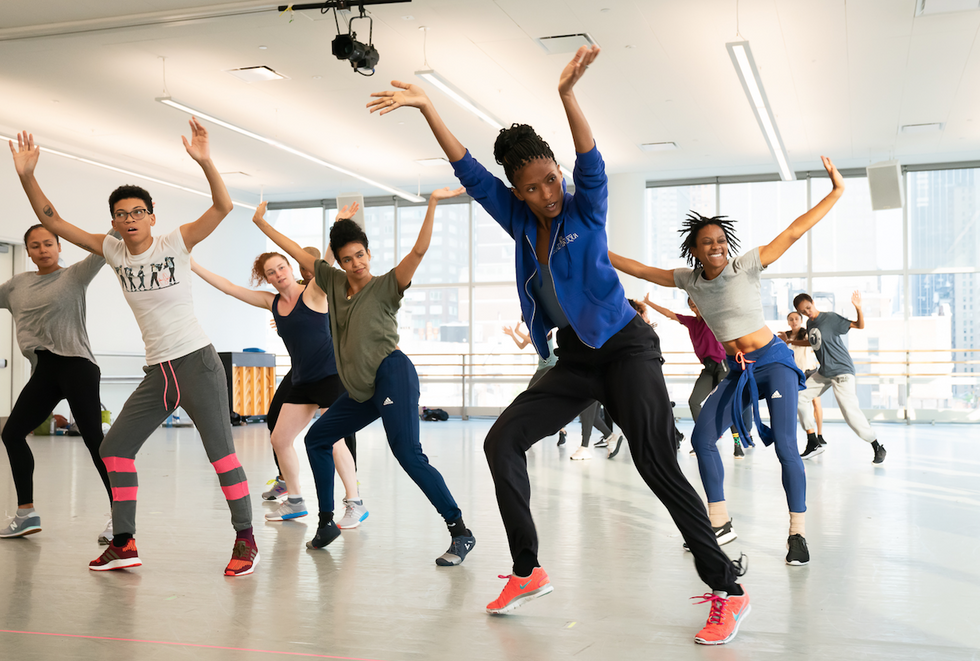
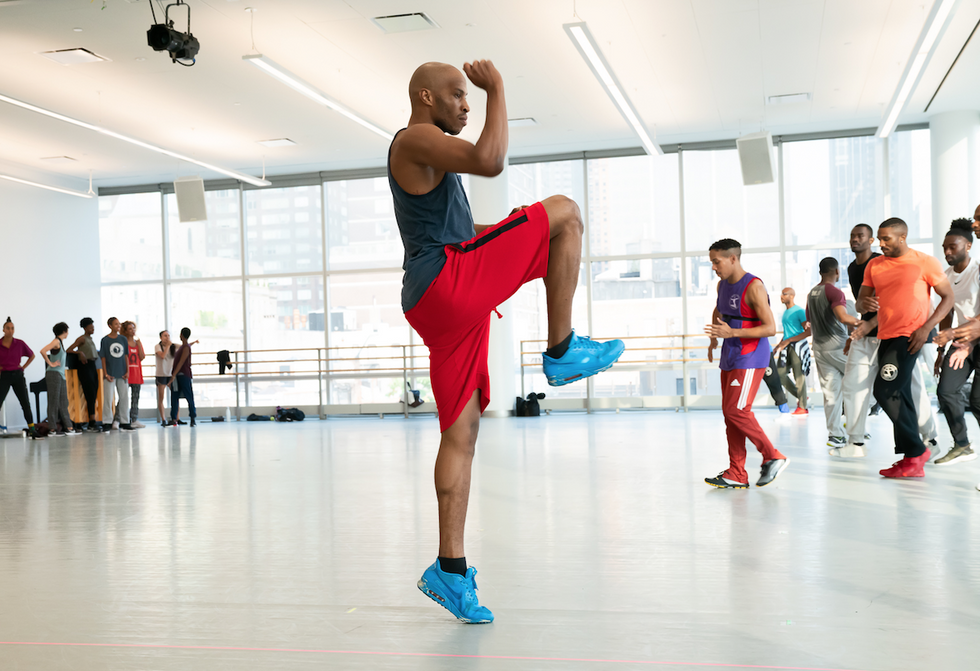
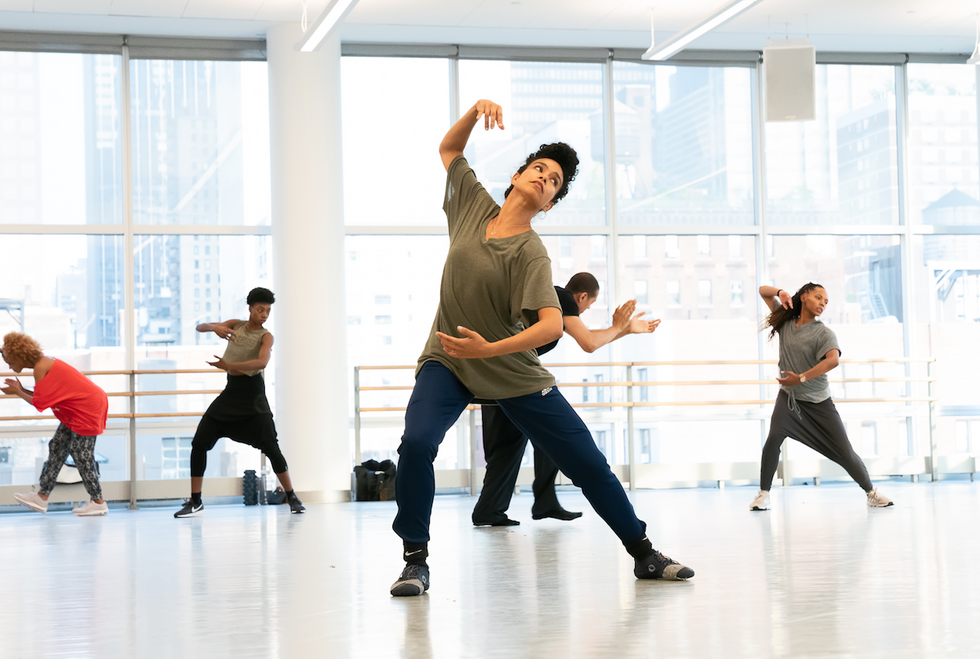
“I was very aware of the statement I’m making,” says Battle. Given the organization’s significance within the black community, choosing hip hop “speaks to something fundamental in terms of African Americans’ contributions to the cultural fabric of this country,” he says.
And, he adds, Harris’ work consistently belies the stereotype about hip hop being a throwaway social-dance style of the moment and the resulting “It’s just hip hop” mentality. “Rennie always gives us the unexpected, always gives us some food for thought,” Battle says.
Harris’ role as Ailey’s first-ever artist in residence ties together all of the parts of the vast organization. Harris not only created a new work on the main company, but throughout this year he is giving master classes and lectures on hip hop to the second company, at the school and in the Arts-in-Education programs, as well as teaching workshops open to the public through the Ailey Extension. He is also serving as an artistic advisor for Ailey’s New Directions Choreography Lab, working as a creative mentor to choreographer Kyle Marshall.
“It gives everyone a sense that they’re a part of what eventually happens onstage,” says Battle.
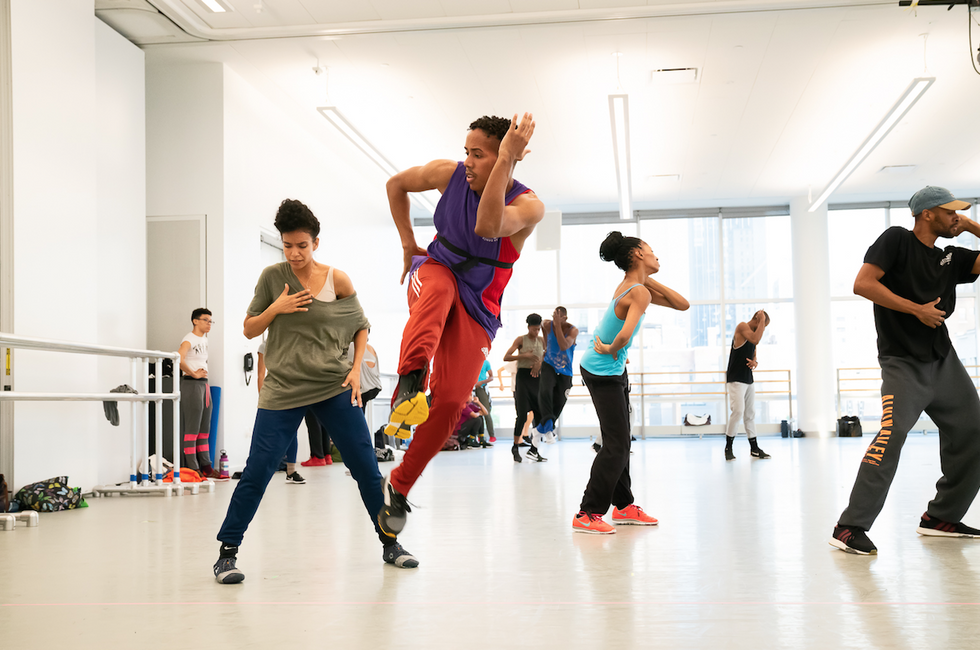
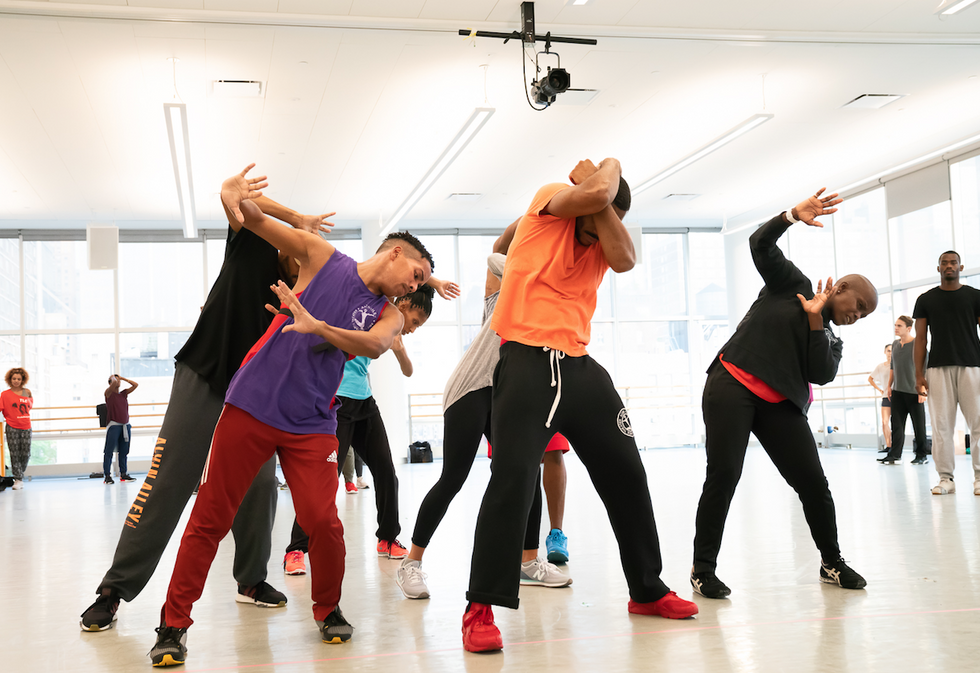
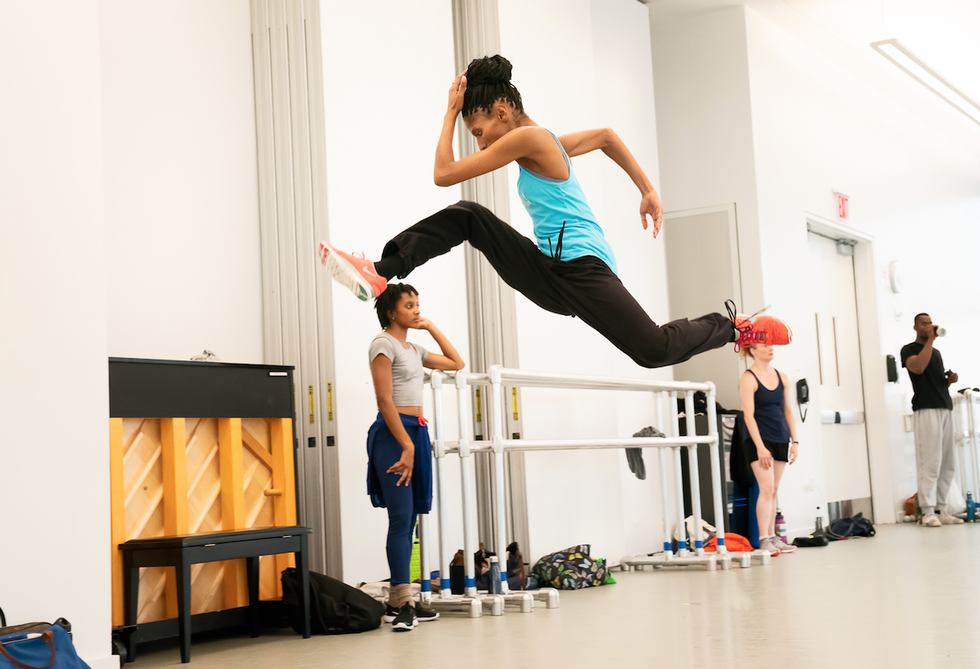
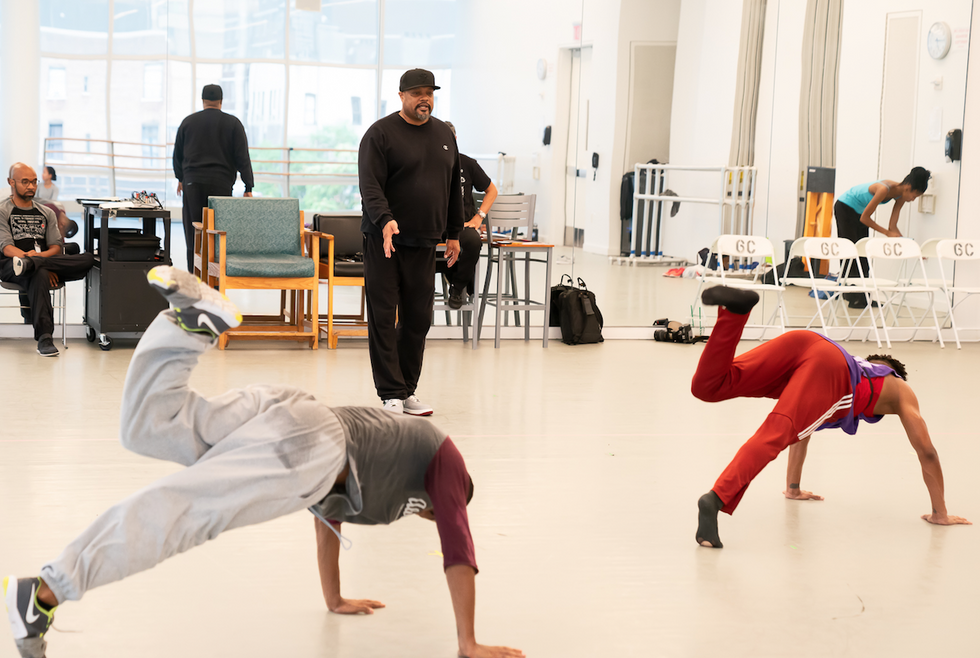
Harris’ new work on the main company, called Lazarus, marks another first: Ailey’s first-ever two-act piece. Harris says Lazarus taps into what he sees as a sense of spirituality that permeates the Ailey organization, especially when company members talk about the founder, who died of AIDS-related complications in 1989.
“His spirit has never really left,” Harris says. “Today, we see an incarnation of him through this generation of Ailey dancers and students and all those he has affected. With this piece, there’s this idea of resurrection, of him being around and everything that’s happening around his legacy.”
Only after he started working on the piece did Harris realize that Lazarus was actually the completion of a trilogy that began with his Home for Ailey in 2011 and continued with his Exodus for the company in 2015: “Home is about life. Exodus is about transition, and now, with Lazarus, it’s about resurrection and incarnation.”
While Lazarus touches on the historical environment from which the Ailey company emerged, the work focuses more on the transition the company has made as it celebrates 60 years. “It’s about Mr. Ailey’s spirituality, his transition from one reality to the next and who we are now and where we’ve come to,” Harris says.
Harris’ appointments are confirmation that the Ailey spirit lives on. “Mr. Ailey was about how you use movement to give people a voice, and how you use that voice to look back as well as forward,” he says. “That’s why this company and this organization have lasted so long. They’ve never forgotten that mission.”



